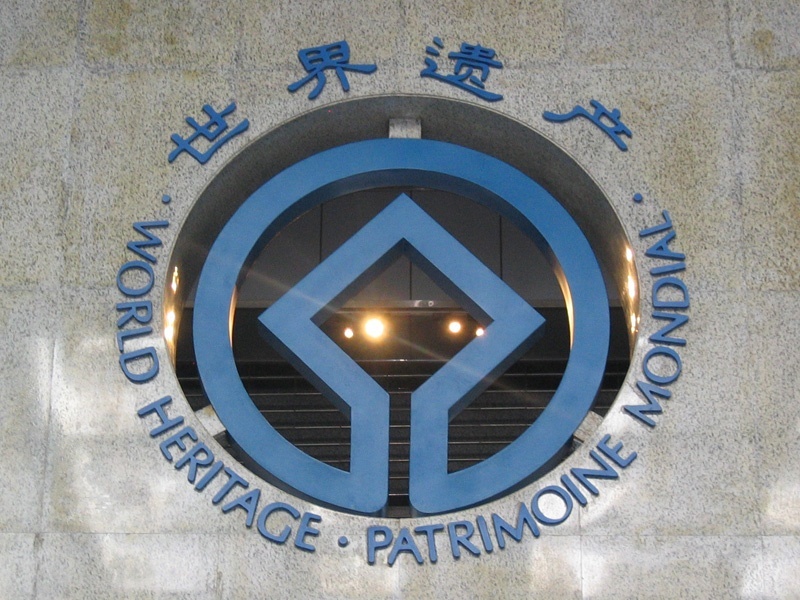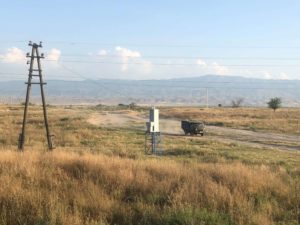Tajikistan has submitted nine historical and cultural sites in the Zarafshan-Karakum corridor for inscription on UNESCO’s World Heritage list. Currently, two places in Tajikistan have received the full status.
This article was originally published on Novastan’s French website on 19 April 2021.
It’s another step towards international recognition of Tajikistan’s culture and history. On 13 April 2021, the Tajik ministry of culture published a list of sites newly included on a UNESCO tentative list, a first step towards inscription on the World Heritage List. The cultural and historical monuments were nominated by a committee of specialists from the Academy of Sciences of Tajikistan, the Ministry of Culture, the Ministry of Foreign Affairs and the National Commission for UNESCO in Tajikistan. They are all located in the Zarafshan – Karakum corridor, as UNESCO describes, dating the submission to 21 January.
Want more Central Asia in your inbox? Subscribe to our newsletter here.
The sites are located in the Sughd province, in the north of the country. They are the Khisorak settlement, the castle on Mount Mugh, the Kum settlement, the Gardani Khisor settlement, the Tali Khamtuda fortress, the mausoleum of Khoja Mukhammad Bashoro, the Toksankoriz irrigation system, the Sanjarshakh settlement and the town of the Ancient Penjikent. All of these are described in detail in the Tajik submission.
The inscription on this tentative list is the first step for these sites to become World Heritage sites if they meet one of the ten selection criteria. World Heritage status gives a landmark legal protection and international recognition. It enables a country to receive financial and material support for international bodies, but also helps advertise sites to tourists. So far, two places have been recognised in Tajikistan: the site of the pre-historic city of Sarazm,which celebrated its 5,500th anniversary in September 2020, was included in 2010 and the Tajik National Park in the Pamir Mountains in 2015.
Ambitions shared by Uzbekistan and Turkmenistan
The nomination is a recognition of Central Asia’s heritage. Indeed, the Zarafshan-Karakum corridor, bordered by the Zarafshan River and the Karakum Desert, encompasses three Central Asian states. Uzbekistan and Turkmenistan respectively have 15 and seven other sites in the area on the Tentative List.
In addition, the corridor is home to important excavation sites for archeologists. Their historical and cultural interest lies in the fact that the corridor was an integral part of the Silk Road, a historical network of trade routes spanning 6,500 kilometres between Europe and Asia.
For Mirzosharif Abdusalomov, national coordinator of material culture at UNESCO in Tajikistan, this potential recognition of the historical and cultural heritage of the Tajik people is far from insignificant. It could be a sign of “recognition by the international community of the Republic of Tajikistan as a country with its own culture and civilisation”, he said, as quoted by the Tajik media Asia-Plus.
Corentin Goupil
Novastan.org
Translated from French by Valentine Baldassari
For more news and analysis from Central Asia, follow us on Twitter, Facebook, Telegram, Linkedin or Instagram.
 Tajikistan: Nine new sites on tentative World Heritage list
Tajikistan: Nine new sites on tentative World Heritage list 



